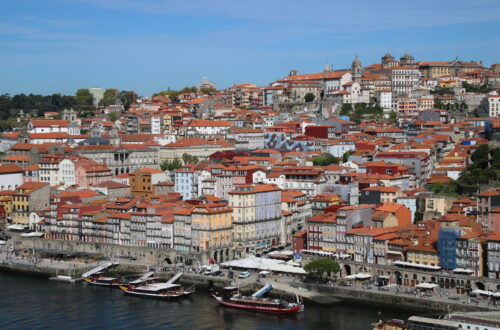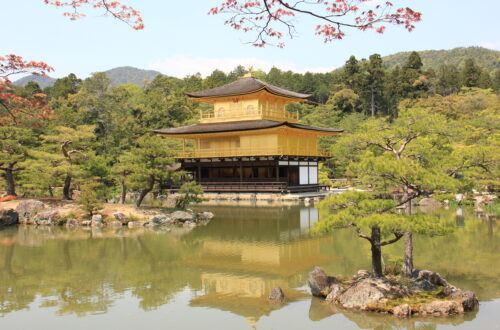The seven Wonders of the World
Whether you are a travel addict like me, an aspiring traveler or not into traveling at all, chances are that you have heard of the seven Wonders of the World. Now, you would think that an experienced traveler like me knows by heart what the seven Wonders of the World are. Nope. I had to look them up. I guess that shows how much I value lists like that. 🙂
Because let’s face it, in a world with so many exceptional and beautiful places, a list of just seven Wonders of the World is by definition arbitrary. By comparison: UNESCO designates landmarks or sites that are considered historically or culturally significant to mankind as ‘World Heritage’. And as one would expect, there are many: The UNESCO World Heritage list currently includes no less than 1,154 sites. So only seven ‘Wonders’ doesn’t sound like much. Why would these seven stand out?
Moreover, there is no such thing as the seven Wonders of the World. A list of the most remarkable, spectacular sights has existed since antiquity and there have been several lists since. The ancient Greeks drew up the first list of seven Wonders of the World, creating what may have been the first ‘bucket list’ ever. What today are considered the seven Wonders is the result of an online vote set up in 2001 by the New7Wonders Foundation. The Great Pyramid of Gizeh in Egypt, the only one of the ancient seven Wonders that still exists today, did not even make the top 7…
And there are actually several lists of seven Wonders of the World, like the ‘seven Wonders of Nature’, which includes only natural features, as opposed to the seven man-made structures that are today considered ‘the’ seven Wonders of the World.
But okay, for the sake of lists, here’s the seven current Wonders of the World and what Traveling Dutchie thinks of them:
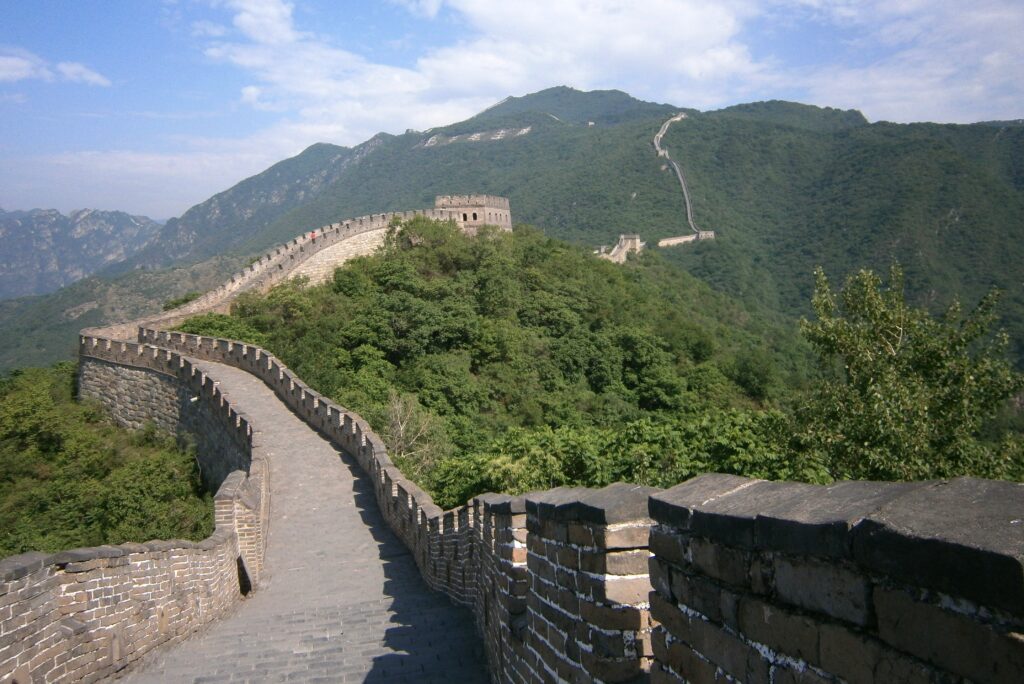
The Great Wall (China)
The Chinese empire built what came to be known as the Great Wall in parts over 2,000 years ago, to hold back enemy tribes from the north. Many parts of the original fortifications fell into disrepair and were later rebuilt and connected during the Ming dynasty. The largely restored wall that is now considered one of the Wonders of the World dates from that time.
There are several parts of the Great Wall you can visit. Some have been restored and well-preserved since, while other parts are in serious disrepair. Also some parts are visited by large amounts of tourists. I visited the Mutianyu part of the Great Wall in 2011. This part is a bit further from Beijing and therefore less visited than parts that are closer to the Chinese capital. If you go early, you can enjoy the wall in solitude.
I thought it was absolutely amazing to have the opportunity to stand on the Great Wall. It’s a very impressive structure, because of its very long history as well as its sheer size (the Great Wall from the Ming dynasty is believed to be almost 9,000 kilometer long). Plus it’s very photogenic, winding over the mountains, with a watchtower every few hundred meters. Very recommended!
Petra (Jordan)
The ancient city of Petra, in southern Jordan, was the capital of the Nabataeans, who, according to archaeologists inhabited the barren deserts of southern Jordan from as early as 7000 BCE. Petra is famous for its structures that have been carved out of the red stone rocks.
The most famous structure in Petra is undoubtedly al-Khazneh, also called the Treasury, believed to be the mausoleum of a Nabataean king. Like many of the structures that have been discovered in Petra, al-Khazneh dates from the first century CE.
To get to Petra, you follow a one kilometer long gorge called Siq, between high red stone cliffs. At the end the gorge narrows, untill you arrive at an open space, right in front of al-Khazneh. It’s a very special and picturesque approach.
I had the opportunity to visit Petra in 2002 and was very impressed, especially by al-Khazneh. It was only a short visit though and I intend to go back and take some more time to visit Petra and the rest of Jordan.
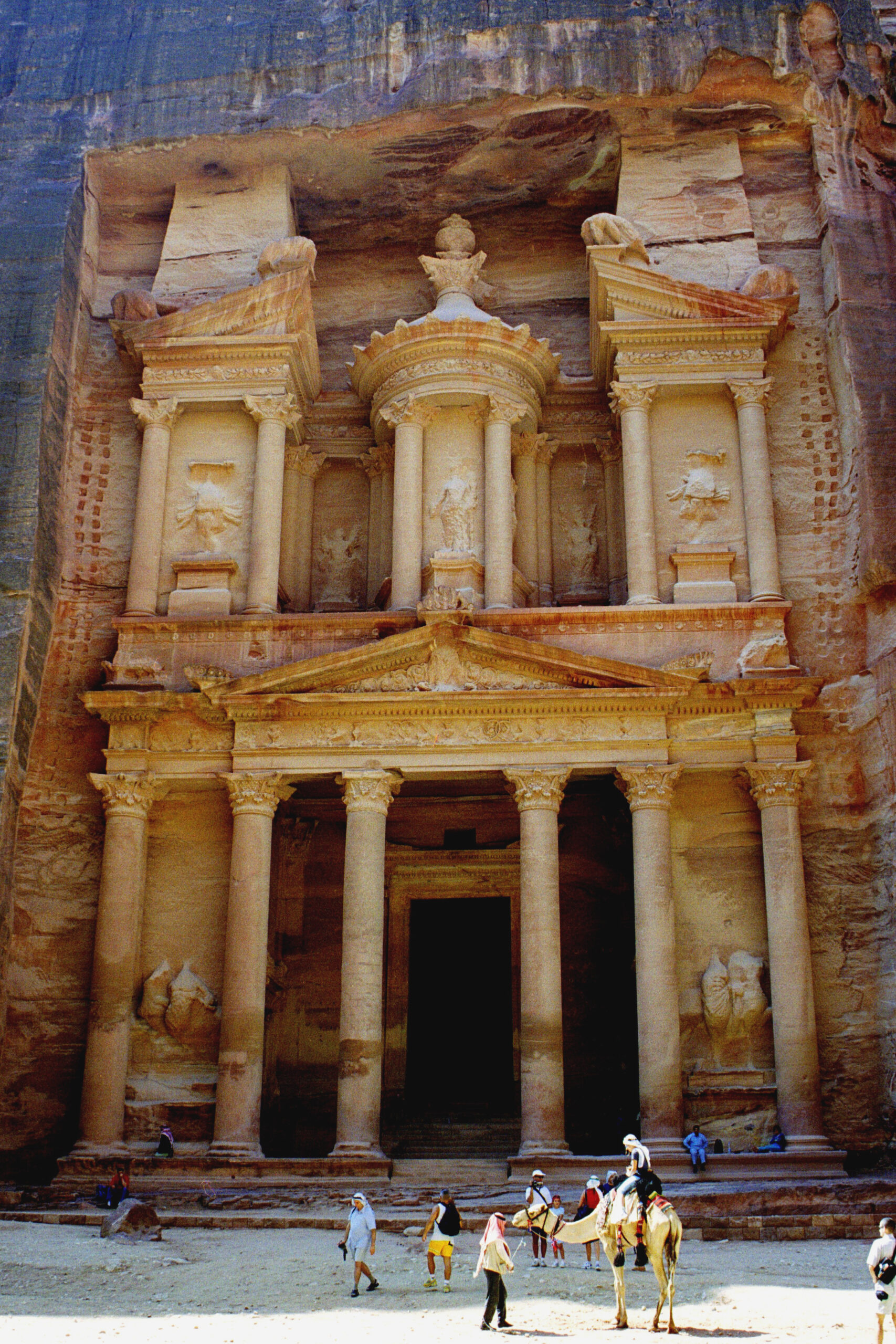
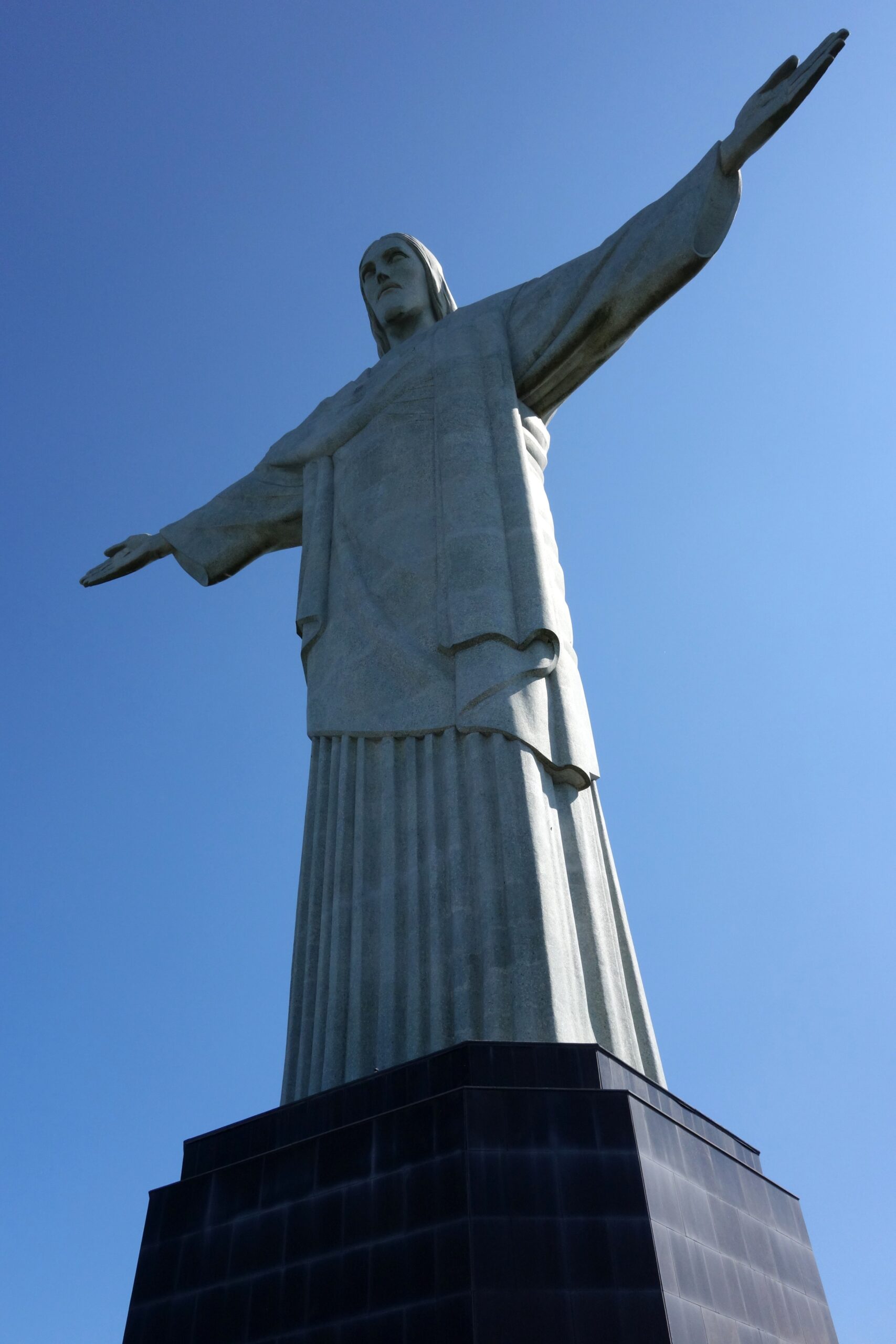
Christ the Redeemer (Brazil)
To be honest I don’t understand why the Statue of Christ the Redeemer in Rio de Janeiro is considered one of the Wonders of the World. It’s a statue. Yes, it’s huge, but still.
The 30 meter high statue was built between 1922 and 1931. It stands at the top of the Corcovado mountain, looking out over Rio. A cogwheel train takes you up in twenty minutes and after climbing some stairs you arrive at the foot of the pedestal. Everyone who visits Rio de Janeiro goes to the Corcovado, so most times, it’s an extremey busy place.
As an atheist, statues of Jesus don’t have any meaning to me. For many Christians, however, Christ the Redeemer is an important cultural symbol. I went up when I visited Rio de Janeiro in 2016. For me the most rewarding was the amazing view over Rio from the top of Corcovado. That view alone is reason enough to visit the statue.
Machu Picchu (Peru)
The ancient Inca city of Machu Picchu, in what is now Peru, was built in the 15th century. It was left abandoned a century later and overgrown by the jungle until the American historian Hiram Bingham discovered it in 1911. The derelict city, once an important political, religious and business center within the empire of the Incas, is now the most famous landmark of Peru.
At Machu Picchu you can see the typical architectural style of the Incas, characterized by walls that slope to withstand earthquakes and trapezoidal windows and doors that (similar to when you put your legs apart) are sturdier than straight openings. Machu Picchu also had an elaborate and ingenious irrigation system, leading streams from the top of the mountain throughout the town.
The number of visitors to Machu Picchu is limited to two thousand per day. Many of them visit the ruined city from the nearby town of Aguas Calientes early morning, to see the sunrise over Machu Picchu. Although this is very nice, I recommend to go to Machu Picchu by walking a part of the Inca Trail.
I did so in 2012. After a beautiful hike, I arrived at Intipunku, the spot where you can see Machu Picchu for the first time. The best view however is at the so-called Hut of the Caretaker or Funerary Rock. From there you have an amazing view of Machu Picchu. I thought it was an incredibly beautiful sight and an impressive experience to be standing there. Very recommended!
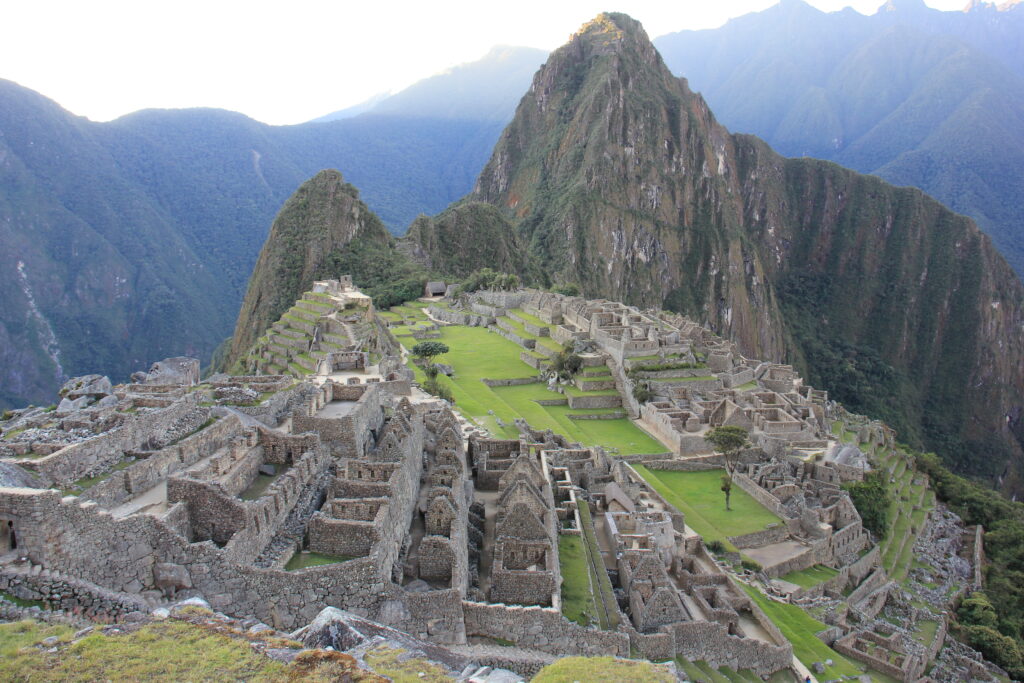
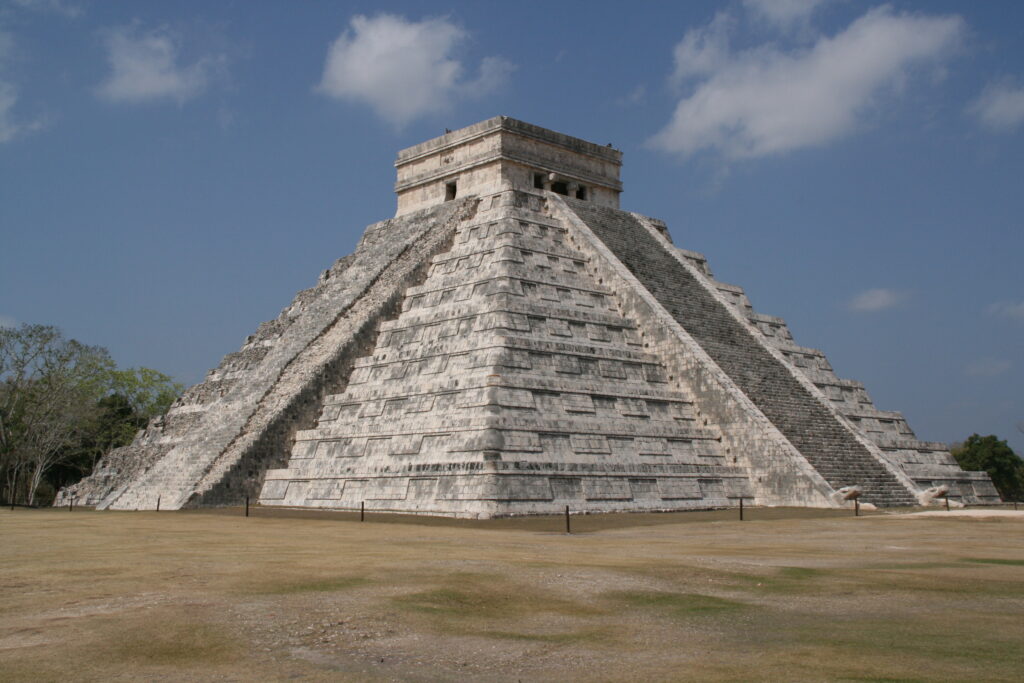
Chichén Itzá (Mexico)
The ruins of the ancient Maya city of Chichén Itzá are located on the Yucatan peninsula in Mexico. At the heart sits El Castillo, the amazing Mayan pyramid that is solitary located in the middle of what must have been the central square of this Mayan city (now a lawn). Surrounding it are the ruins of several other buildings, only parts of which have survived.
Thanks in part to the necessary renovation work, the great pyramid is virtually intact. On the four sides are stairs to the temple area on top. Each staircase has 91 steps, added together and including the one step to the temple, there are 365, equal to the number of days of the ancient Mayan calendar (which had as many days as our modern calendar, which is of much later date). The 18 squares on the sides of the pyramid represent the number of months of the Mayan calender.
The heyday of the Mayan culture roughly coincided with the heyday of the Roman Empire in what is now Europe. At the time, the latter was regarded as a highly developed culture and was thought to be progressive in fields such as science, engineering and art. Unaware that on the other side of the world another advanced civilization existed, that of the Maya.
I visited Chichén Itzá in 2009 and thought it was one of the most beautiful and impressive places that I visited in Mexico. Very worthwhile!
Colosseum (Italy)
The Colosseum in the Italian capital of Rome was the first Wonder of the World I got to see with my own eyes. It was 1997 and I visited the ancient arena again in 2006.
The oval shaped amphitheater (originally called the Flavian Amphitheater) was built between the years 72 and 80 CE. It is the largest Roman amphitheater ever built, seating about 65,000 people, who used to come to the arena to watch gladiators fight, people being executed or plays being enacted.
The Colosseum is an impressively large building, from the outside as well as the inside. It measures 156 by 189 meters and its outer walls are no less than 48 meters high. Standing inside, with a little imagination you can see a packed arena where a gladiator fight takes place.
The Colosseum is the most visited historic site in Rome, meaning long lines at the entrance and large tour groups roaming the site. Unless you visit early morning, then you can enjoy the Colosseum in relative peace. Which I recommend, because the Collosseum does not fail to impress.
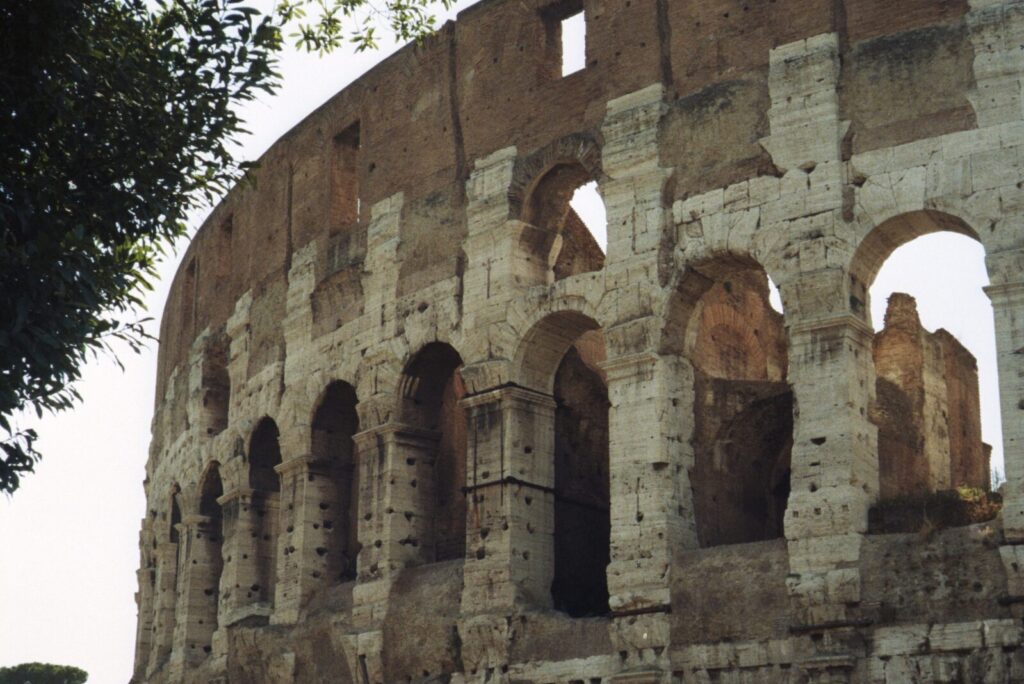
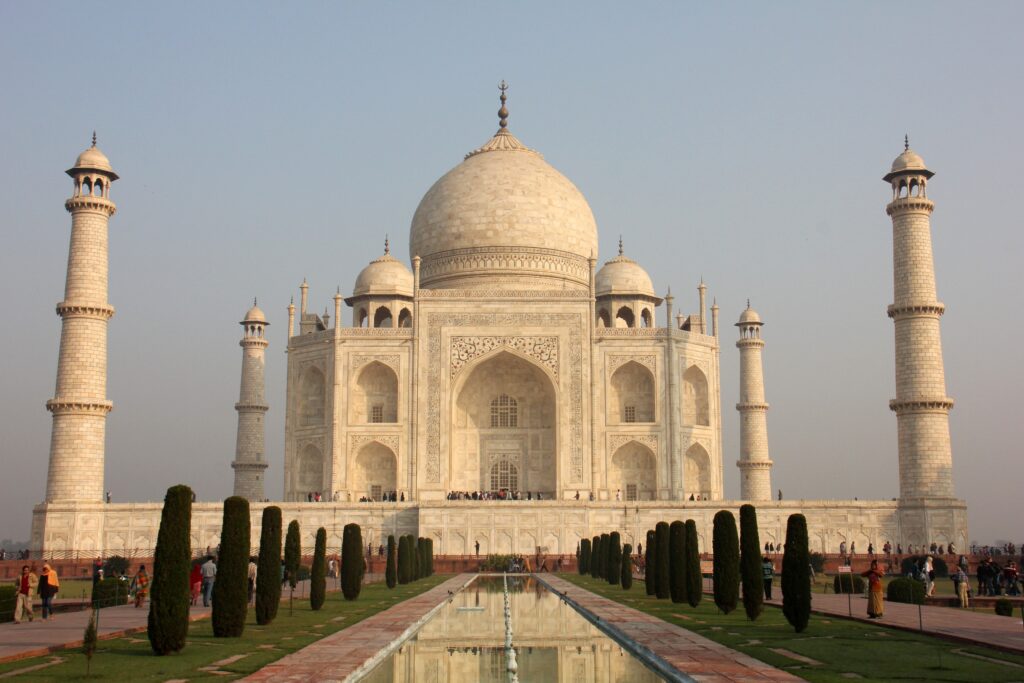
Taj Mahal (India)
The world-famous Taj Mahal in the Indian city of Agra was commissioned by Shah Jahan as a tribute to his favorite wife, Mumtaz, who died giving birth to their fourteenth child. Construction began in 1632 and lasted until 1653. The 55 metre-high building is built entirely of marble and stands on a marble elevation.
The building is perfectly symmetrical, with four minarets at the four corners and a huge onion-shaped dome. Up close you can see that the marble is decorated with mainly floral motifs. Quranic texts are placed around the entrance gates on the four sides of the building. Inside the building are the tombs of Mumtaz (Taj is a short version of her name) and her husband Shah Jahan.
I visited the Taj Mahal in 2012 and if you want to go see it for yourself, I advise you to go early to avoid the worst crowds. The doors to the complex open at 7 a.m. and by then there is already a line of people waiting at the entrance.
But the Taj Mahal is very worth the wait – and the journey to India it requires. I thought it was a very impressive and beautiful building and a very special experience to see it up close with my own eyes. Very recommended!



